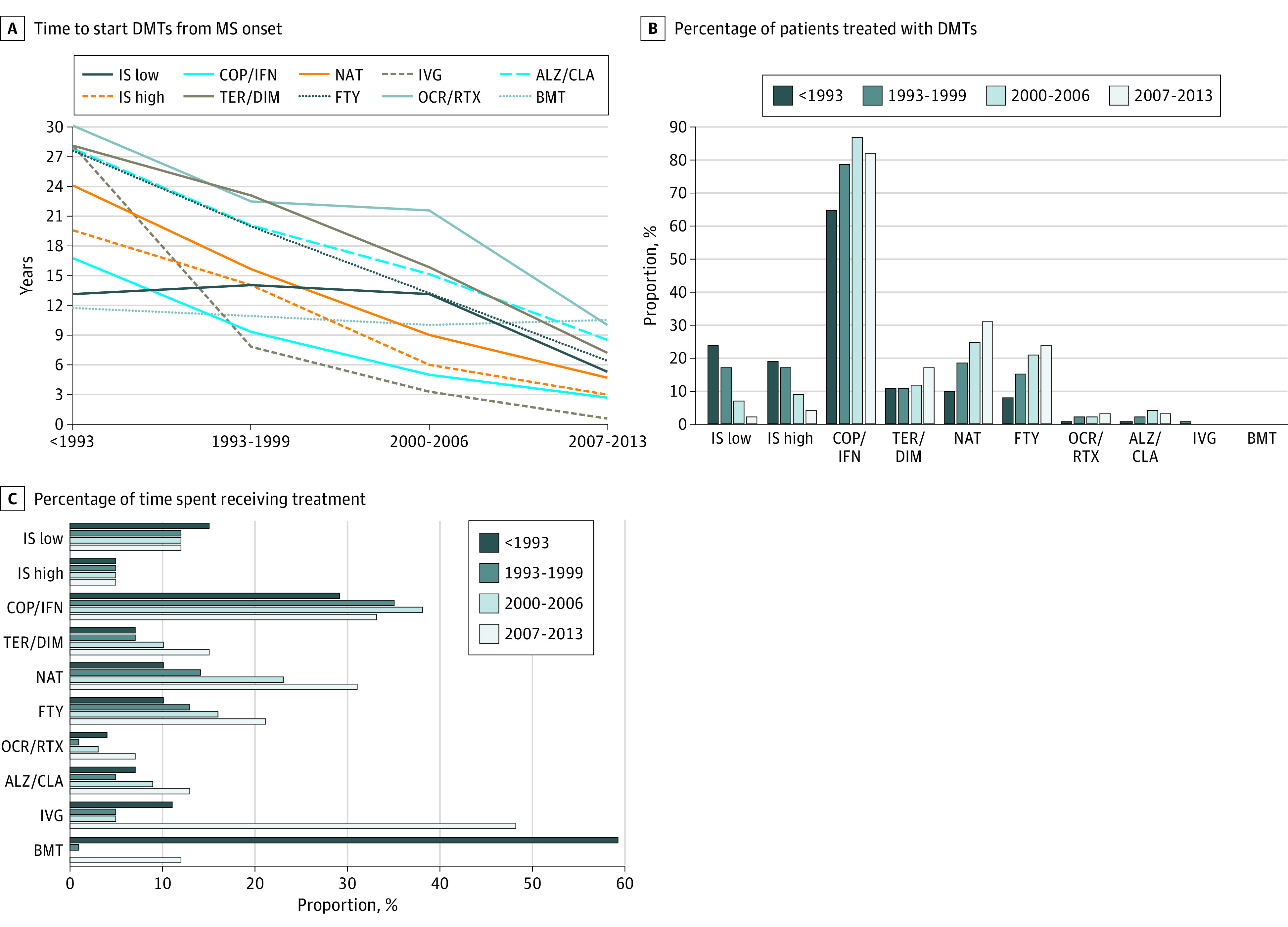Figure 4. Changes in Specific Disease-Modifying Therapy (DMT) Management Among Diagnosis Epochs.

A, Median times to start DMTs from onset. Dotted lines indicate rarely used therapies (<5% of patients treated). Generally, time to start DMTs significantly decreased over time (P < .001; Kruskal-Wallis test), except for bone marrow transplant (BMT) (P = .85) and for low-potency immunosuppressors (IS) (P = .58). B, Percentage of patients who used a specific type of DMTs, indicating the absolute number of patients above each column. The most used DMTs at all times were first-line injectables (copolymer [glatiramer acetate] [COP]/ interferon beta [IFN]), while the use of low-/high-potency IS gradually decreased over time. Second-line treatment (natalizumab [NAT] and fingolimod [FTY]) were the most used options after first-line treatments in later diagnosis epochs. Changes in the use of DMTs among diagnosis epochs were all significant (P < .05; χ2 test) except for BMT (P = .29). C, Median proportion of time spent taking DMT treatment ([total time receiving DMTs/disease duration at last follow-up] x 100). Time spent taking low-/high-potency IS, BMT, and intravenous immunoglobulin [IVG] did not change over time (P > .10; Kruskal-Wallis test), while it significantly changed for all other DMTs (P < .01). In particular, time spent receiving second-line treatment increased in recent diagnosis epochs (especially receiving NAT and FTY). Time spent taking first-line injectables (COP/IFN) gradually increased from pre-1993 to 2000 to 2006, then it decreased in 2007 to 2013, probably owing to the availability of many other DMTs. ALZ indicates alemtuzumab; CLA, cladribine; DIM, dimethyl fumarate; OCR, ocrelizumab; RTX, rituximab; TER, teriflunomide.
